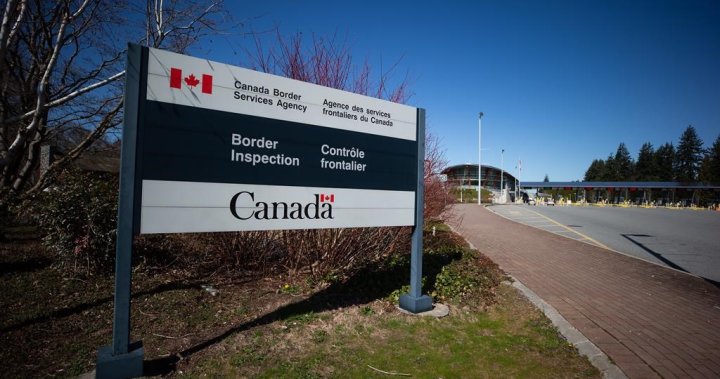Foreign nationals will no longer be allowed to apply for a Post Graduate Work Permit (PGWP) at the U.S.-Canada border, according to Immigration Minister Marc Miller. This decision aims to address the issue of “flagpoling,” where temporary residents bypass regular application wait times by leaving and re-entering the country for same-day immigration services. Miller stated that this measure is necessary to prevent flagpoling and ensure the integrity of the immigration system, as it takes border officers away from their crucial duties of protecting the safety, security, and prosperity of Canadians and Americans.
Public Safety Minister Dominic LeBlanc also expressed concerns about the burden placed on border services officers by flagpoling. When individuals engage in flagpoling, they exit Canada, report to U.S. border officials, and intend to return to Canada rather than stay in the United States. Once they reach the Canadian point of entry, the Canada Border Services Agency (CBSA) can consider their application for the immigration service they seek. Recent reductions in flagpoling hours at 12 ports of entry in Canada aim to streamline the process and prioritize high-risk travellers and trade facilitation.
In response to the practice of flagpoling, Immigration, Refugees and Citizenship Canada (IRCC) is encouraging temporary residents to apply for work permits within Canada. The agency is expediting processing times for in-Canada work permit applications, simplifying online forms and processes, and allowing workers to start working for a new employer immediately rather than waiting for their new work permit application to be processed before changing jobs. By making these changes, IRCC hopes to discourage flagpoling and promote a smoother immigration process for temporary residents seeking work permits in Canada.
The decision to restrict PGWP applications at the U.S.-Canada border reflects the government’s commitment to maintaining the integrity of the immigration system and ensuring that border officers can focus on their primary responsibilities. By addressing the issue of flagpoling, officials aim to streamline the immigration process, prioritize high-risk travellers, and facilitate trade while protecting the safety and security of Canadians and Americans. These measures are part of a broader effort to modernize and enhance Canada’s immigration system to meet the needs of temporary residents seeking work permits in the country.
Moving forward, foreign nationals seeking work permits in Canada will need to apply through the appropriate channels within the country rather than utilizing the flagpoling method at the U.S.-Canada border. By encouraging applicants to follow the established procedures for obtaining work permits, IRCC aims to create a more efficient and transparent process that benefits both temporary residents and border services officers. Additionally, the government’s efforts to expedite processing times and simplify application procedures will further support the goal of reducing the need for flagpoling and promoting compliance with immigration regulations.
In conclusion, the decision to restrict PGWP applications at the U.S.-Canada border is a response to the practice of flagpoling and aims to enhance the integrity of the immigration system while ensuring the efficiency of border services. By encouraging temporary residents to apply for work permits in Canada through streamlined processes and faster processing times, IRCC is taking steps to reduce the burden on border officers and prioritize the safety, security, and prosperity of Canadians and Americans. These measures reflect the government’s commitment to modernizing and improving the immigration system to better serve the needs of those seeking work permits in Canada.


